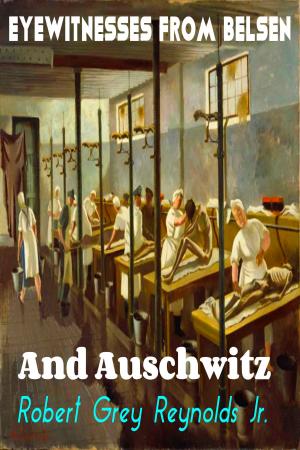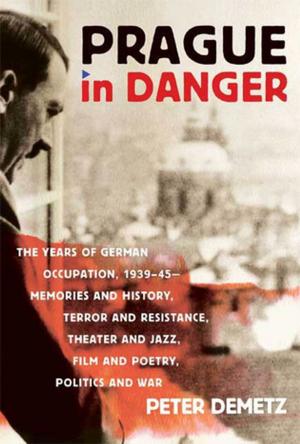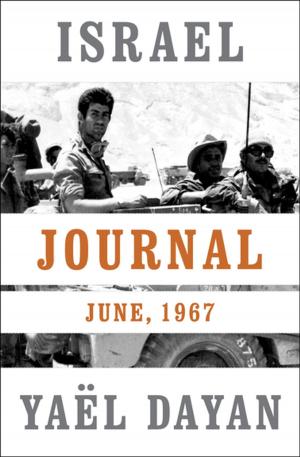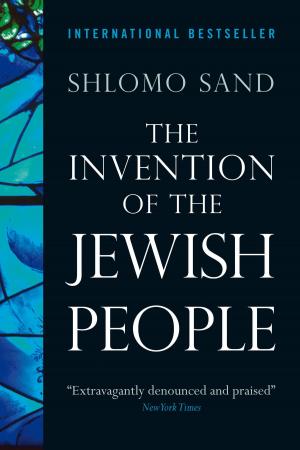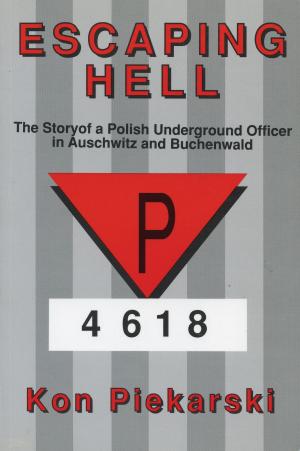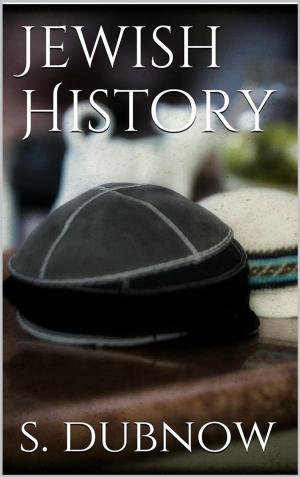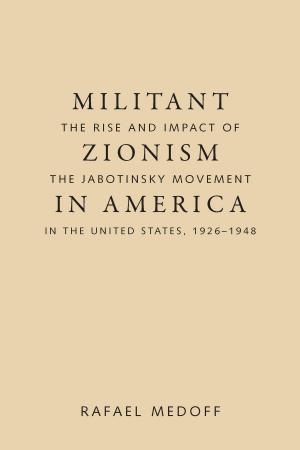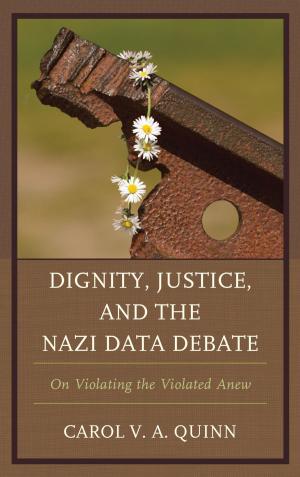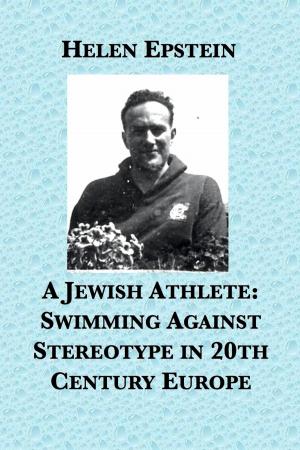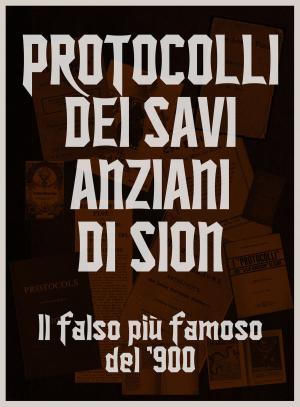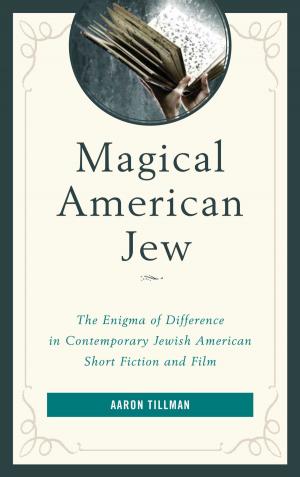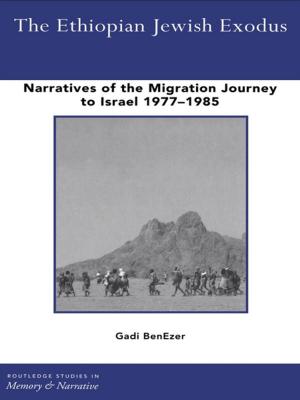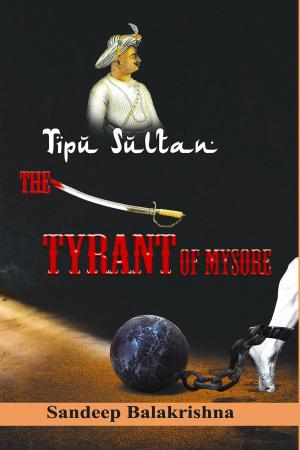Christopher Columbus and the Participation of the Jews in the Spanish and Portuguese Discoveries
Nonfiction, History, Spain & Portugal, Jewish| Author: | Meyer Kayserling | ISBN: | 9780979274022 |
| Publisher: | Hubert Allen and Associates | Publication: | August 1, 2016 |
| Imprint: | Hubert Allen and Associates | Language: | English |
| Author: | Meyer Kayserling |
| ISBN: | 9780979274022 |
| Publisher: | Hubert Allen and Associates |
| Publication: | August 1, 2016 |
| Imprint: | Hubert Allen and Associates |
| Language: | English |
Meyer Kayserling (1829 - 1905) was a leading Jewish scholar in the 19th Century. His studies of Jewry in the Iberian Peninsula were largely based on original manuscripts found in archives, libraries and private collections in Europe. His scholarship caught the eye of the Spanish government, wwhich asked Kayserling to produce a work in honor of the 400th anniversary of the discovery of America. "Christopher Columbus and the Participation of the Jews in the Spanish and Portuguese Discoveries" was first published in 1894 and has been called Kayserling's most important work. Even after a century, this chronicle of the age of King Ferdinand and Queen Isabella is a fascinating and lively read. A number of fascinating individuals and families are described in the book including: Abraham Zacuto an astronomer, Luis de Santangel an eminent jurist, to mention a few. The journies, successes and failures of Columbus are described.
Kayserling reveals a web of fascinating characters surrounding Columbus and even more about other contributions of the Jews in this Age. We learn about the self-education of Columbus. At age 26 in LIsbon, Portugal, the jewsih mathamatician Joseph Vecinho translates an important astronomical work from Hebrew and gives it to young Columbus. This Almanach Perpetuum and Tables contains tables of sun, moon and star positions over the course of a year. A copy with Columbus' notes exists, showing the intense study Columbus made of it.
How did Columbus convince King Ferdinand and Queen Isabella to support his project? The many attempts and failues are documented.
Meyer Kayserling (1829 - 1905) was a leading Jewish scholar in the 19th Century. His studies of Jewry in the Iberian Peninsula were largely based on original manuscripts found in archives, libraries and private collections in Europe. His scholarship caught the eye of the Spanish government, wwhich asked Kayserling to produce a work in honor of the 400th anniversary of the discovery of America. "Christopher Columbus and the Participation of the Jews in the Spanish and Portuguese Discoveries" was first published in 1894 and has been called Kayserling's most important work. Even after a century, this chronicle of the age of King Ferdinand and Queen Isabella is a fascinating and lively read. A number of fascinating individuals and families are described in the book including: Abraham Zacuto an astronomer, Luis de Santangel an eminent jurist, to mention a few. The journies, successes and failures of Columbus are described.
Kayserling reveals a web of fascinating characters surrounding Columbus and even more about other contributions of the Jews in this Age. We learn about the self-education of Columbus. At age 26 in LIsbon, Portugal, the jewsih mathamatician Joseph Vecinho translates an important astronomical work from Hebrew and gives it to young Columbus. This Almanach Perpetuum and Tables contains tables of sun, moon and star positions over the course of a year. A copy with Columbus' notes exists, showing the intense study Columbus made of it.
How did Columbus convince King Ferdinand and Queen Isabella to support his project? The many attempts and failues are documented.

